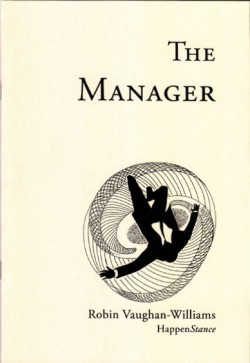Exposed: Voyeurism, Surveillance and the Camera
Tate Modern, 28 May–3 Oct 2010
Surveillance has a sinister ring to it, with connotations of social control and the invasion of privacy. But the practice of surveillance also involves a lot of boredom, and it is the tedium of surveillance that this exhibition succeeds most in capturing.
Exposed does include a number of fascinating exhibits, mostly photographic, but also examples of cameras hidden inside a shoe, a walking stick, and a device that can be concealed beneath clothing, some of which date back to the nineteenth century. Perhaps most interesting were attempts at capturing the wretched conditions of New York slums, early pornographic images, and a series of night-time shots of voyeurs creeping up on lovers in a Tokyo park. There were also some stark shots of violence, war, and executions.
But overall the exhibition was too shabby and stuffed full of images that were simply banal.
In a few cases, I felt that a little more interpretive information could have made a big difference. There was one picture, for example, of a biological and chemical weapons testing area, which had been taken from 40 miles away, presumably for security or safety reasons. As a result, the main features of the image were that it was hazy and horizontally stratified. This could be quite a poignant image if there were some clue as to what it tells us about the weapons testing area it depicts. But all I was able to draw from it was a sense of distance and inaccessibility, which didn’t strike me as much of a revelation.
In other cases, potentially interesting material hadn’t been given the space it needed. There were two photographs by a Japanese photographer who had written to strangers asking them to pose in view of a window in their own homes at a prearranged hour. She shot them from outside, so never actually met her subjects. This sounded intriguing, but with only two images, there wasn’t much to go on. More of the series would have been needed to for this project to really make an impact.
Perhaps most of the problems stemmed from the looseness of the theme. If the curators had focused on the invasion of privacy, or voyeurism, or pornography, or surveillance, or reportage, they might have succeeded in creating a stronger narrative for the exhibition, and would have been able to give more space to exhibits that needed it, and hopefully done away with much of the junk. But by stuffing too much together in the one package, it just fell apart. And when you pay £10 for something, you want it to stick together.
